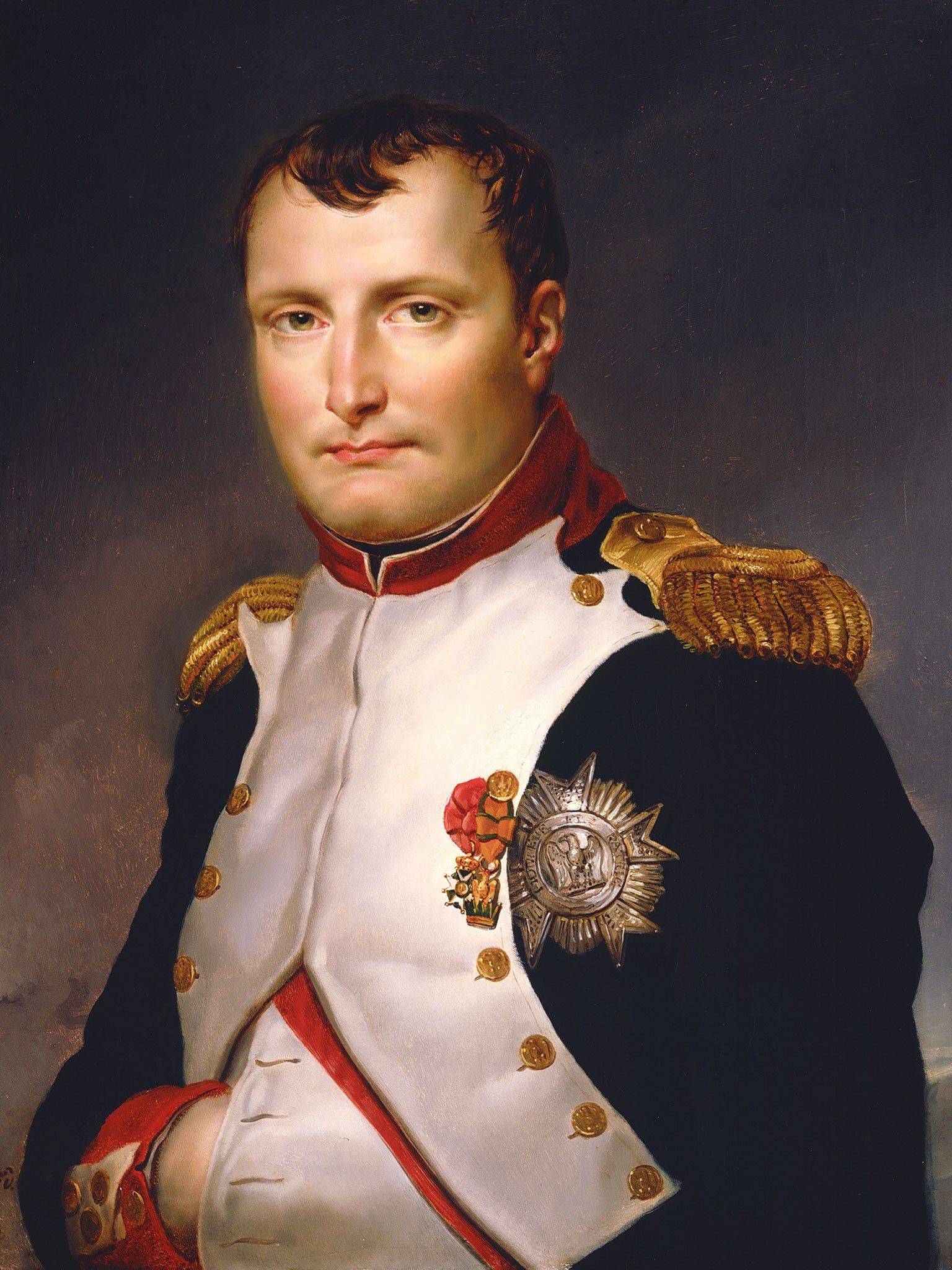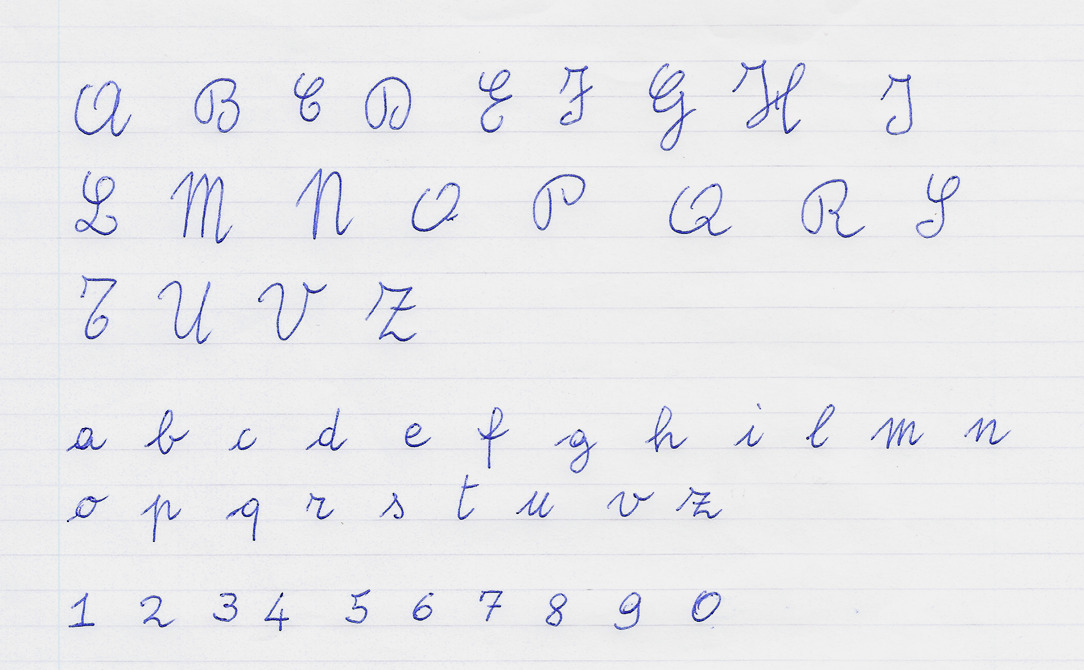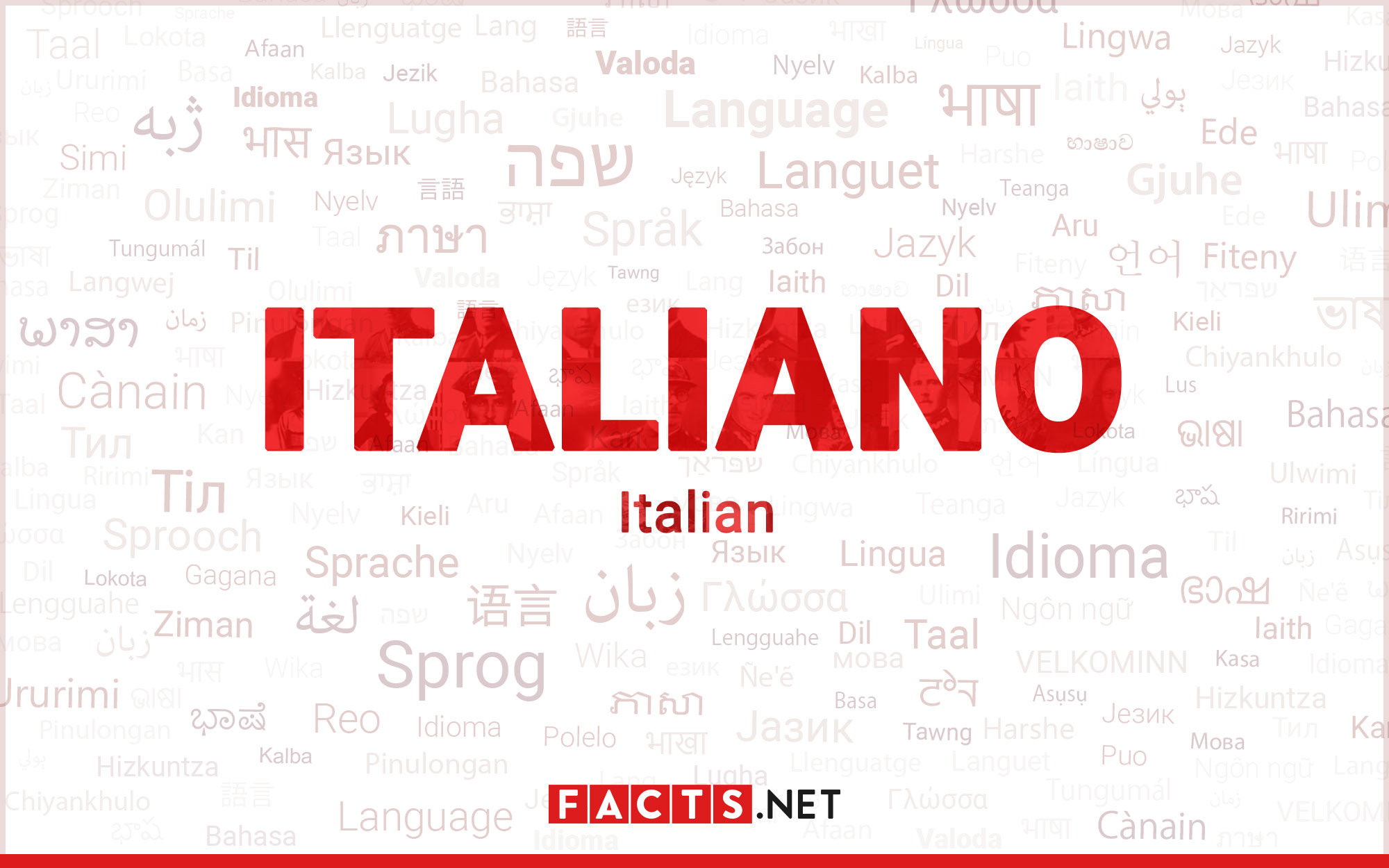
Hello, fellow curious minds and food adventurers! Today we explore not into a bubbling cauldron of tomato sauce or a flawlessly stacked plate of pasta, but into something just as rich and essential to the Italian psyche: its breathtaking language.
When we talk of the secret to something truly excellent, like the excellent lasagna, we are not just talking about a recipe. We are talking about heritage, tradition, and the essence that makes it so. In Italy, much of the soul is expressed in language.
Picture the Italian language as a glorious, spreading feast, sewn together over the centuries, as each moment in history adds its own special spice. It’s the story of transformation, of flavors from different regions blending into a masterwork of language spoken by millions. That’s not about grammar. That’s about the cultural rhythm that makes everything Italian so earthy appealing.
So, let’s sit down, grab an imaginary spoon, and dive into the incredible history of italiano and discover the linguistic secret sauce that makes it so different.

1. Ancient Origins: From Vulgar Latin to Vernacular
To understand modern Italian, we need to begin with its very earliest roots: Vulgar Latin.
Italian is a Romance language that emerged directly out of Latin spoken all across the Roman Empire. But it wasn’t Cicero’s refined Latin. It was the plain speech of soldiers, farmers, and merchants.
After the fall of the Western Roman Empire in the 5th century, this Latin spoken out loud ultimately evolved into various regional forms. These weren’t simply Italian dialects but unique languages branching off from the same roots, like the twigs off the same vine.
The Latin and Early Romance spoken line was not distinct at first. Early signs of the emerging language can be noted in the Veronese Riddle (8th or 9th century), the Commodilla Catacomb inscription, and the Placiti Cassinesi (960–963). These texts bring the first whispers of Italian, still rough, but firmly diverging from Latin.

2. The Development of Florentine: Dante and the Tuscan Standard
During the early 14th century, Dante Alighieri played a role in setting up what would be contemporary Italian by using the Florentine dialect in his writing, The Divine Comedy.
Florentine emerged as a standard language. Its balanced mixture of northern and southern features along with the cultural position of Florence made it an appropriate foundation upon which a national language could be built. Writers like Petrarch and Boccaccio added to its position.
Even when it was in foreign hands, such as Spanish in Naples or Austrians in Lombardy, Florentine Italian continued to spread. Latin increasingly lost its position in everyday life, and Italian emerged as a force to be contended with in literature.

3. The Printing Press and the Language Debate
The Renaissance brought about a new focus on knowledge, such as intellectual fireworks regarding the character of language. Italian burst forth into the masses with the coming of the printing press in the 15th century, much like an age-old practice being transported from zone to zone.
Whose Italian was to be the norm? That’s what caused the questione della lingua to rage on into the 19th century.
Greatest positions:
• Purists, led by Pietro Bembo, liked the refined style of Petrarch and distrusted Dante’s more straightforward tone.
• Florentines, like Machiavelli, favored modern spoken Tuscan.
• Courtiers favored more mixed languages from multiple areas.
A fourth group favored the papal court’s Tuscan-Roman speech.
In the end, Bembo’s model won out. The Accademia della Crusca, formed in the 1580s, created the first Italian dictionary in 1612. This helped to standardize the language for centuries to come.

4. National Language Identity and Modernization
Italian advanced further through major historical transformations.
One tipping point involved the Napoleonic conquest of Italy. Napoleon’s influence helped bring Italian into popular use, moving it from the ranks of clergy and aristocrats and into the ascending middle class.
Another milestone was the publication of Alessandro Manzoni’s The Betrothed. Though he was from Milan, Manzoni revised his novel in Florentine Italian, saying he “rinsed his Milanese in the waters of the Arno.” His work became a national favorite and helped solidify Florentine as the standard.
Despite these efforts, Italian remained in short supply. In 1861, Tullio De Mauro estimated that 2.5 percent of Italians employed standard Italian. Another scholar, Arrigo Castellani, estimated the number at closer to 10 percent.
However, unity brought new opportunities for language contact. Soldiers and administrators from all regions mixed together and learned from one another. Words like ciao (Venetian) and panettone (Lombard) became popular. Local flavors entered the national cuisine.

5. Classification and Linguistic Lineage
Italian falls into the Italo-Dalmatian division of the Romance language family, which means that it is similar to other southern Romance languages and dead Dalmatian.
Of the Romance languages, Italian is perhaps the most similar to Latin, particularly in sound. A 1949 comparison by linguist Mario Pei placed Italian second only to Sardinian when measured against Latin’s vowel system. Though the research was flawed, it speaks to the great Latin heritage of Italian.

6. The Role of Dialects: Italy’s Linguistic Mosaic
Italy’s regional dialects, commonly called “dialects,” are not merely variations of Italian. They are distinct Romance languages, forming alongside standard Italian, rather than evolving from it.
Twelve are officially recognized historical language minorities and are entitled to protection.
A lot of the linguistic variation results from local evolution and early impact. The languages of the ancient people of Italy played a huge part. Pronunciation and word choice still vary considerably by region.
For instance, va bene is [vabˈbɛːne] in Rome and [vaˈbeːne] in Milan, and a casa is [akˈkaːsa] in Rome and [aˈkaːza] in Milan. These are not slight differences. They are deep cultural identities.
By the 9th or 10th century, writing in the vernacular had finally broken away from Latin. There had been differences of spoken language before, but by the 13th century poets were writing in Italian with confidence.

7. Literacy Expansion and Standardization
Expansion of literacy in the 19th and 20th centuries helped standard Italian become more common. Only a quarter of Italians could read and write in 1861. In 1911, that number had doubled more than once. In 1951, 78 percent were literate.
The number of standard Italian speakers also grew. According to De Mauro, in 1861 only 2.5 percent of the population spoke it, while 87 percent of the population used it in 1951. But speaking Italian did not mean the abandoning of dialects. Most households still continued to use the local language at home.
Urbanization, industrialization, and internal and external migration also facilitated the diffusion of Italian. Immigrants returning from overseas had a better grasp of formal Italian upon their return than when they left.
The majority of Italians today use standard Italian and their local language. There are groups of emigrants who naturally speak three languages: their local tongue, Italian, and the language of their homeland. This stratified expression keeps Italy’s linguistic identity strong and alive.

Last Word
Italian is more than a language of communication. Italian is a living expression of culture, built up over centuries of history. It is a bit like a family recipe passed from generation to generation: it talks about people, about passion, and about place. To speak Italian is to be part of that heritage, not just in the words, but in a communal rhythm, taste, and soul.




